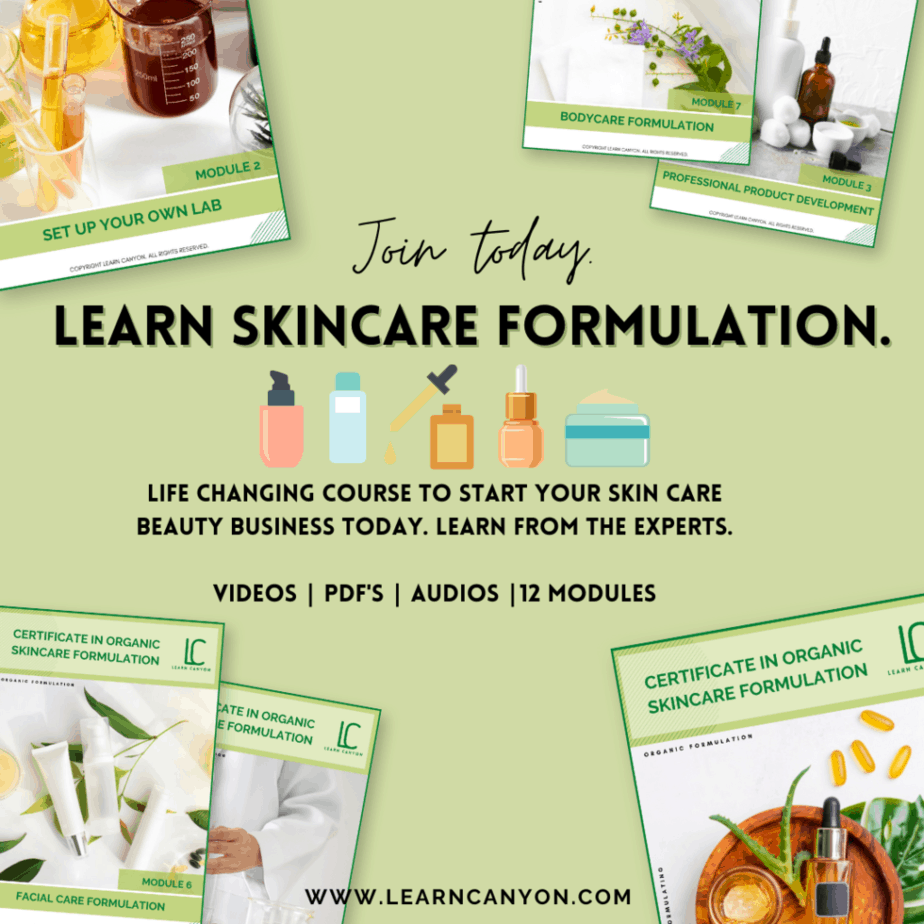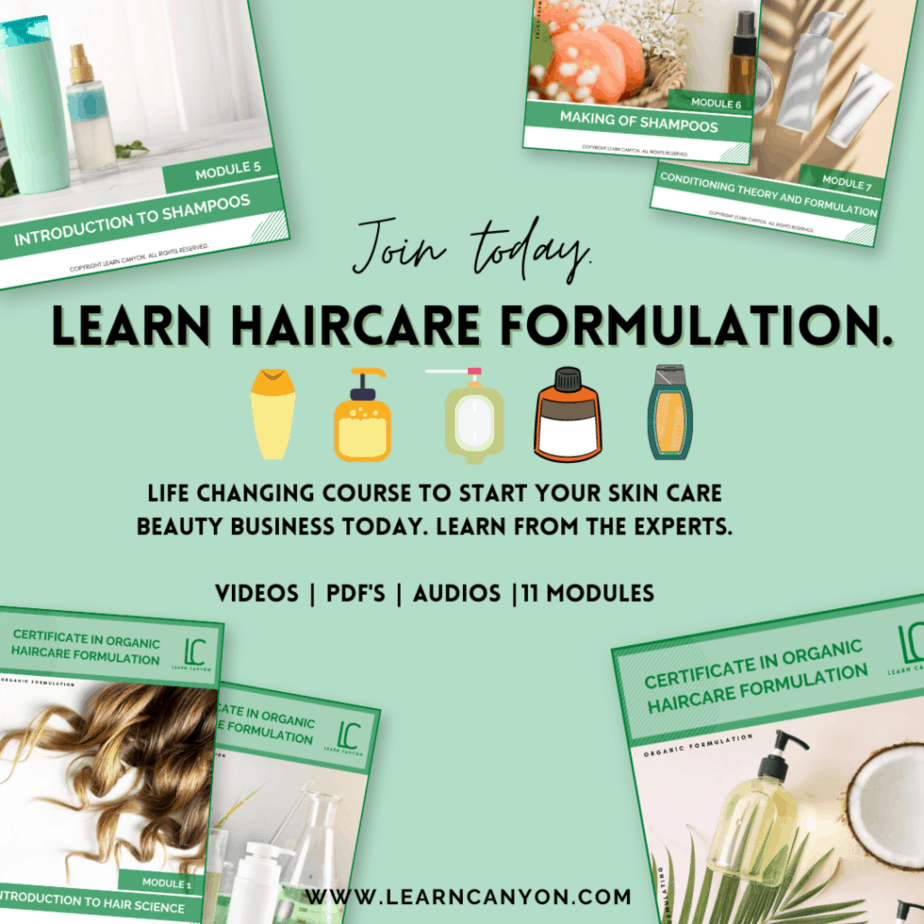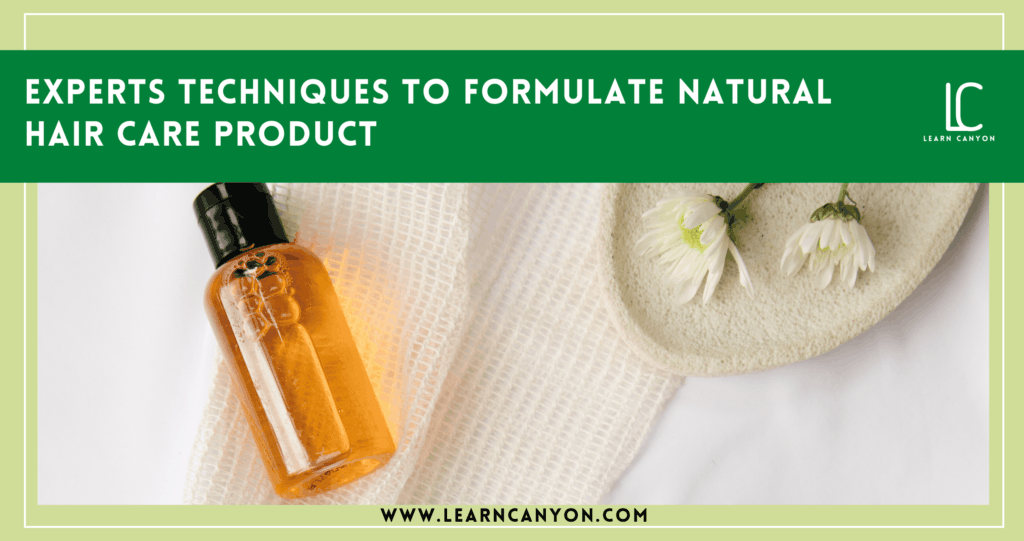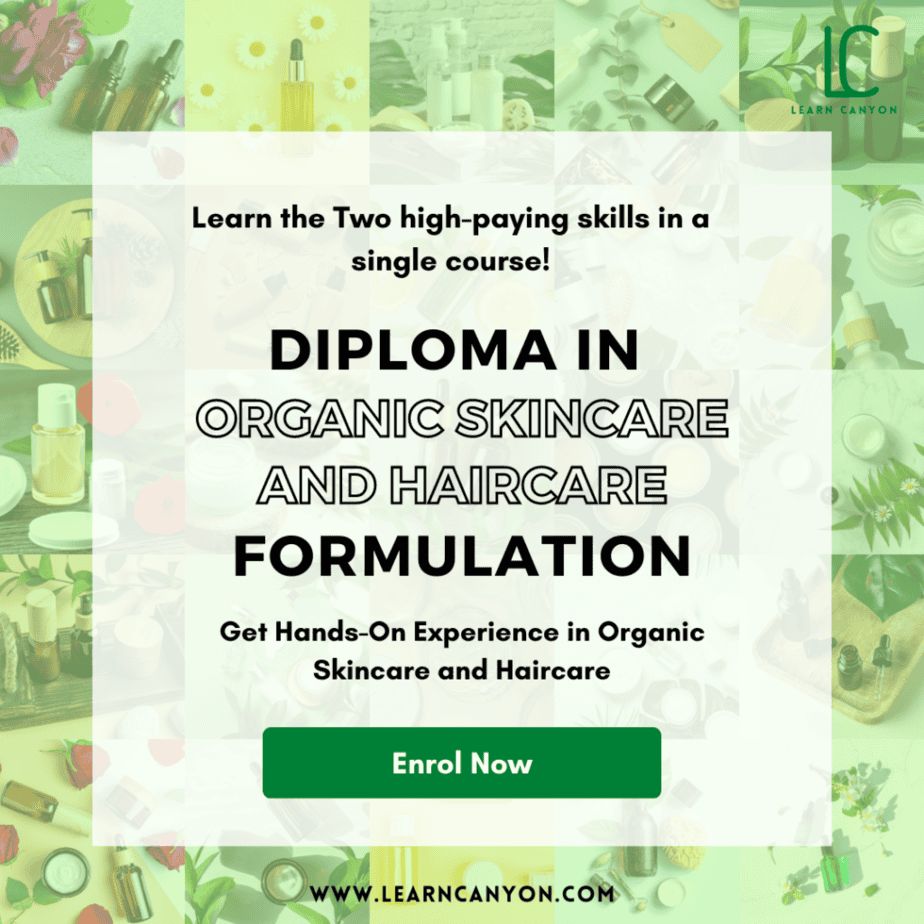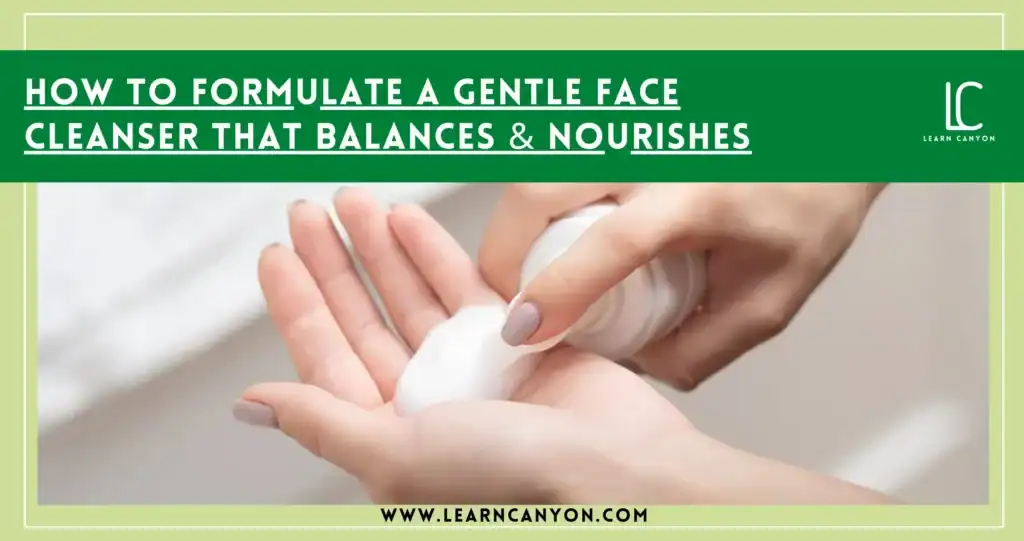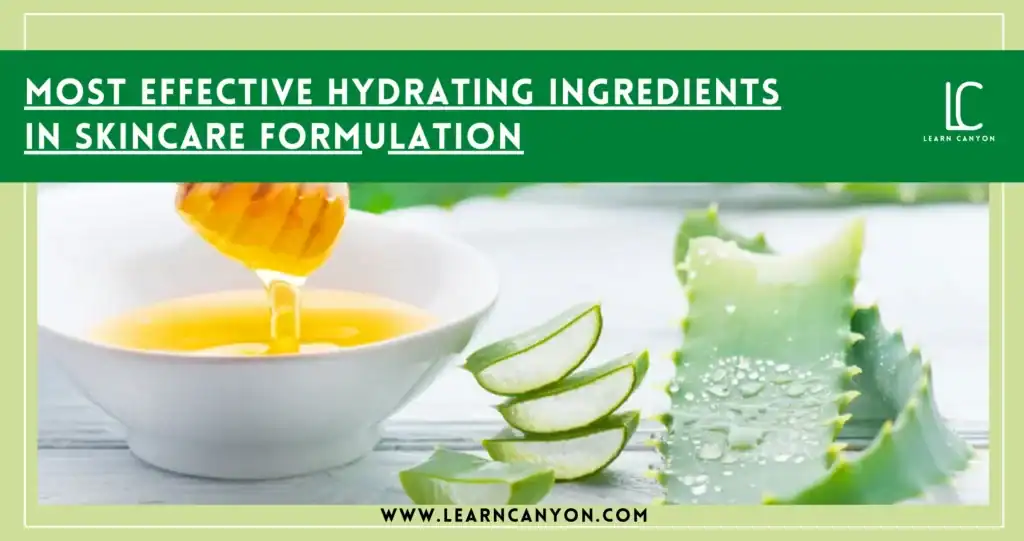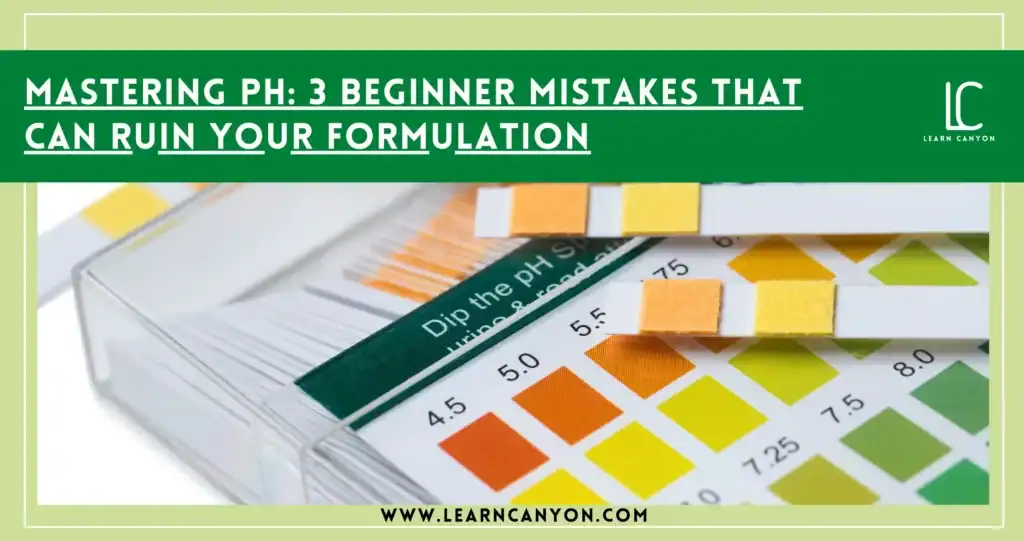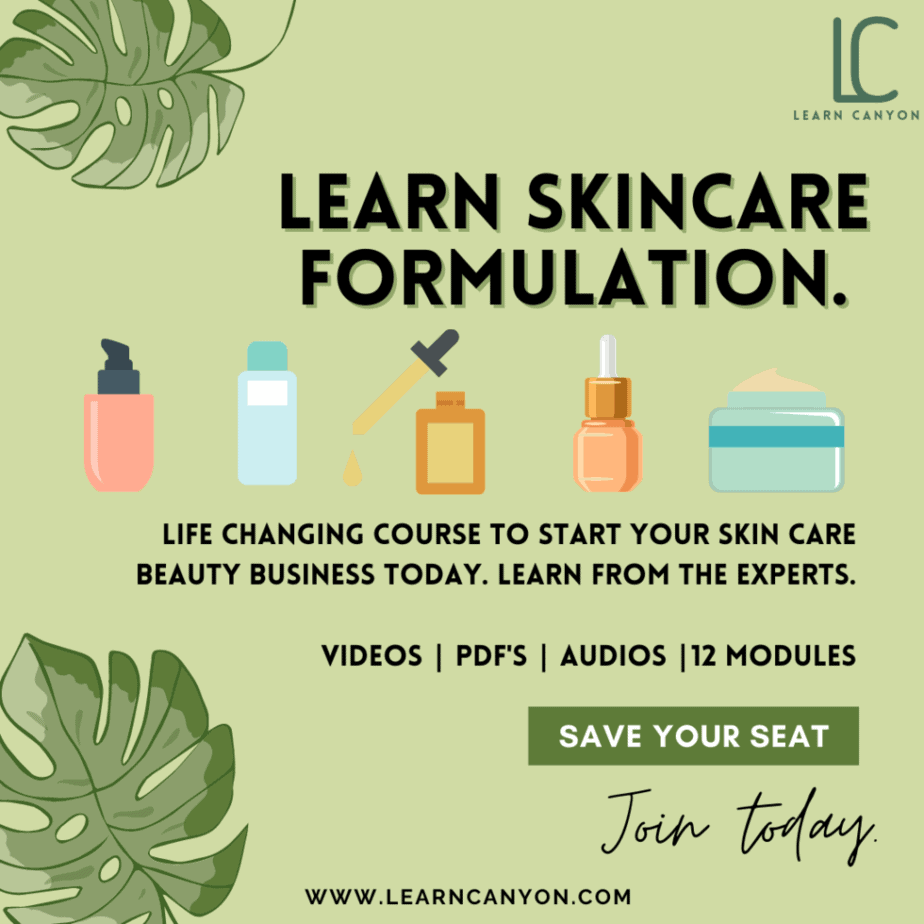For years and years, homemade skincare and haircare recipes have been handed down the generations.
Recipes VS Formulation – Today, the entire internet is filled with DIY recipes to make your skin shine and fine.
While your favourite YouTuber may have presented you with a magical two-ingredient recipe to turn your skin flawless naturally at home, you should know that not everything you read or see on the world wide web is true and applies to you.
You see, your favourite YouTuber may already have good skin genes, and using a mixture of honey and lemon just puts an extra glow for her, but for your sensitive skin….
the results might not be the same.
Every skin has a unique texture and its own needs, and to actually serve those needs you need to know the science behind it all, and don’t worry it’s not rocket science!

what is the difference between formulating skincare products & following recipes?
A recipe is basically a list of ingredients and instructions on how to use those to make the final product. The results, however, may vary from person to person and batch-to-batch.
You ask why?
It is due to the minute inaccuracies such as human errors and minimal differences in weighing the ingredients.
Hence, it’s easier to make a beautifying paste at home for yourself … but if you want to produce the same on a large scale – the final product might not be the same AT ALL.
A formula, on the other hand, is a fixed set of specific ingredients listed in percentage by weight and processing instructions that have been standardized to consistently make the final product.
Here’s the thing – following recipes can only take you so far in your journey. You’re not only copying someone’s recipe but also their mistakes.
Meanwhile, formulating is following a professional framework – thereby enabling you to design a product that works EXACTLY on how to solve an individual’s skin problems and delivering desired results.

Let’s start with basics?
Often DIYs are detailed in a mixture of measurements such as teaspoons, ounces, tablespoons, etc. Now, that’s not professional.
Since good recipes are a mix of various ingredient forms (liquid, oil, butter) – working them using different measurements might mess up the final product.
Using ingredient percentages is the way to go for formulating proper products.

How to turn a recipe into a formula?
Organic skincare is more than just talking about nature and natural ingredients. It is a science at some times and art the other times! Of course, there has to be a balance between the two so today’s blog is more towards the former!
Here we talk about recipes and formulas and how to turn a recipe into a formula
What is a recipe?
In terms of skincare, a recipe is a set of ingredients and instructions need to make a skincare product. The results will vary from batch to batch and person-to-person based on, of course,
the unavoidable inaccuracies such as human error and measuring in volume rather than by weight. DIY skincare products, made at home generally use recipes.
What is a formula?
A formula is a fixed set of set ingredients listed in percentage by weight. The processing instructions are standardized to consistently make a skincare product.
All of the ingredients in a production formula add up to 100 percent, so the formula can be easily scaled up or scaled down depending on production demands.
Skincare developers and large industries use formulas so that every batch comes out to be the same!
The disadvantage of a recipe
A recipe of a skincare product that is made by you at home will often have a list of ingredients, each with measurement in volume, that equal some amount of product when combined.
Examples of volumetric measurements:
Tablespoons
- Liters
- Gallons
- Quarts
- fluid ounces among others
For example,
if you are to bake a cake, Baking a cake is a perfect example of a listing of ingredients, with corresponding volumetric measurements, and the final result is one cake.
Though recipes can help us bake a delicious cake, in the skincare and cosmetic industry, they prevent consistent and accurate manufacturing.
So what we are saying is that volume measurements can be highly inaccurate.
In the ‘science textbook’ language, the volume can increase or decrease with temperature, so it is very difficult to keep track of the quantity when the mixture is being transferred from one container to another.
Hence, mass production of your at-home recipe is not just multiplying all the contents and quantities. Here is where a little math comes in!
The key to turning a skincare recipe into a formula is ‘reproducibility’.
From consistency, odor, consumer satisfaction, and economic implications the product needs to be produced exactly the same way, every time. For this to be possible, a recipe has to be converted to a formula.
This formula then needs to be commercialized and approved in a manufacturing setting.
The advantage of a formula
A formula for skincare or cosmetic products is made with mass measurements. The amount of each ingredient needed to make a product is decided by the weight of each ingredient in grams or pounds.
The advantages of using a scale instead of volumetric measurements include getting precise and exact measurements, not having to worry about expansion or contraction of the ingredient during production, and the ability to scale up and down the size of a batch accurately.
Now, here’s the thing – the formula’s total percentage should always equal 100%. It’s something that goes without saying, but it is what it is.
what are the benefits of going the percentage way?
When you have your product formula in %, you can very easily adapt or trick your product into perfection.
You can easily alter the percentage of oils to make your product apt for let’s say dry skin, while simultaneously downing the number of other ingredients so as to keep the formula total at 100%.
Also, the scientific formula method gives you the benefit of analyzing if all the ingredients are in a safe amount and wouldn’t harm your skin.
Studying formulation in-depth through a program such as our course in natural skincare/haircare formulation will take you a long way.
Understanding the science behind cosmetic formulation implies you can change them, use substitute ingredients, switch and blend things up a bit, and effectively extend your scope of items. You can utilize this knowledge to plan purposeful items custom-made to the necessities of your target clients.
It is noteworthy that learning from a professional gives you the benefit of gaining an understanding of safety measures and best practices while undertaking cosmetic formulation.
Let’s fast forward to the point where you’ve completed a cosmetic formulation course —– Voila! The world is now your oyster.
You can take any recipe/formula off the internet or any part of the world and make it your own.
You can change the recipe to make it far more effective and safe because you have the skills!


